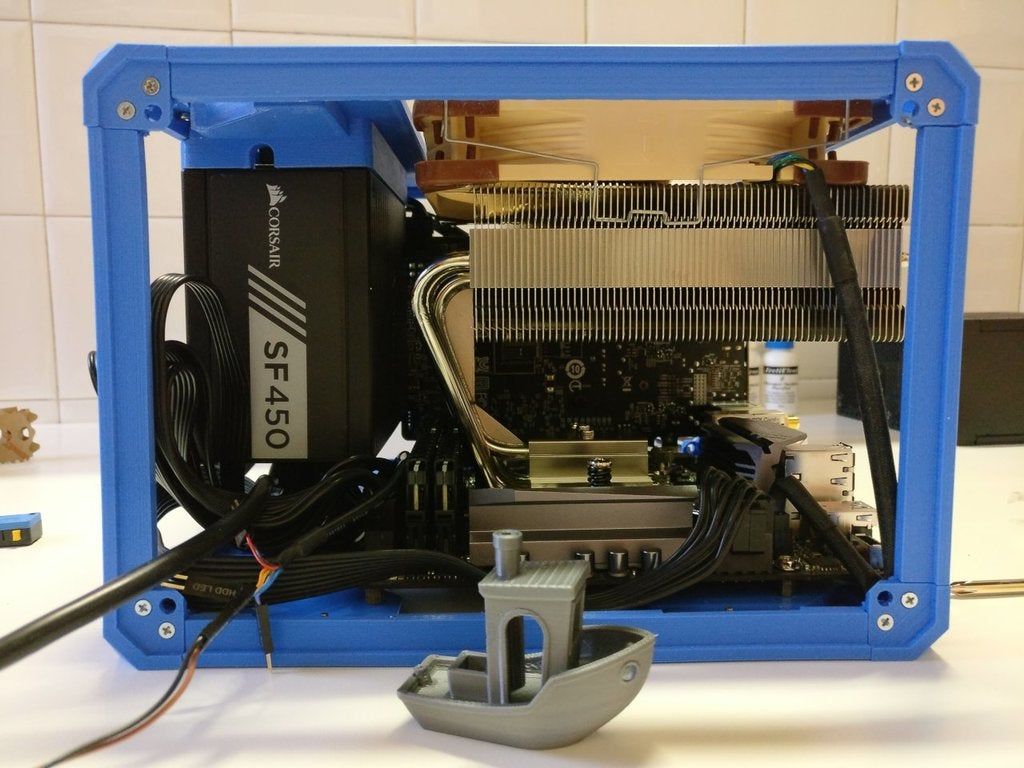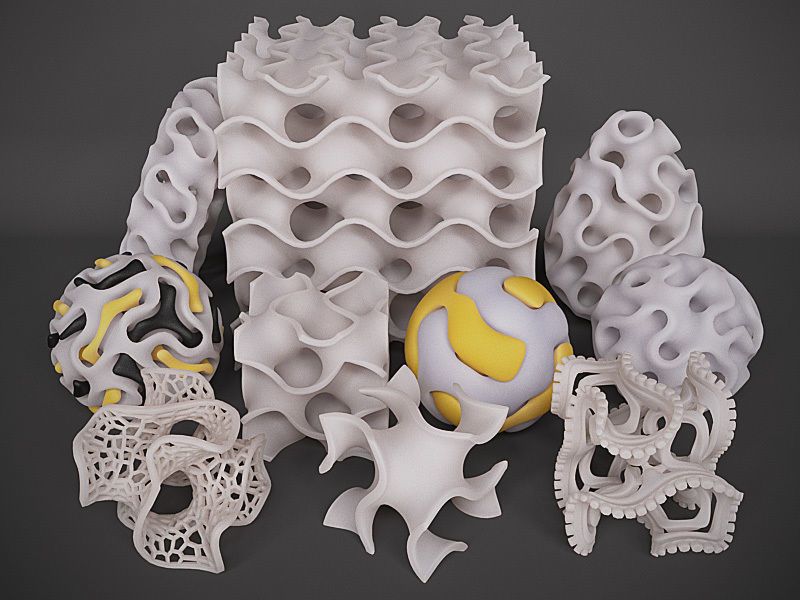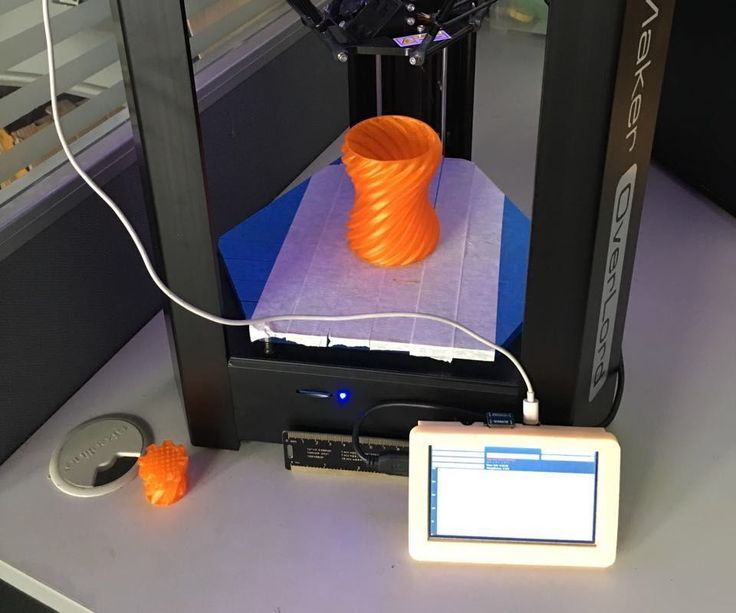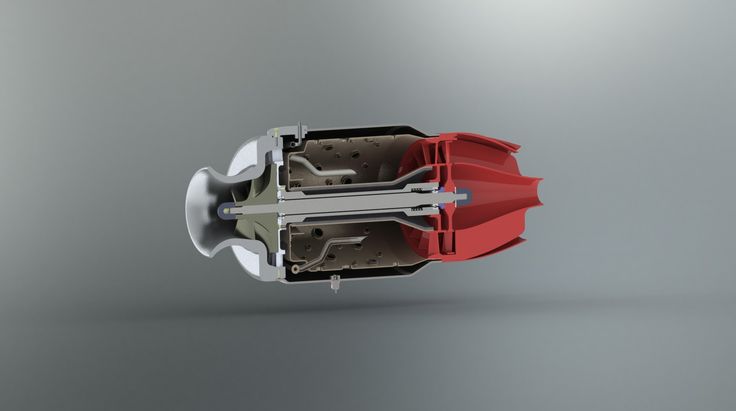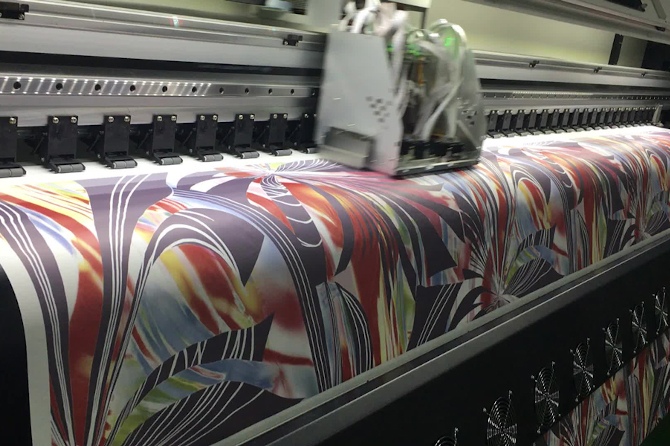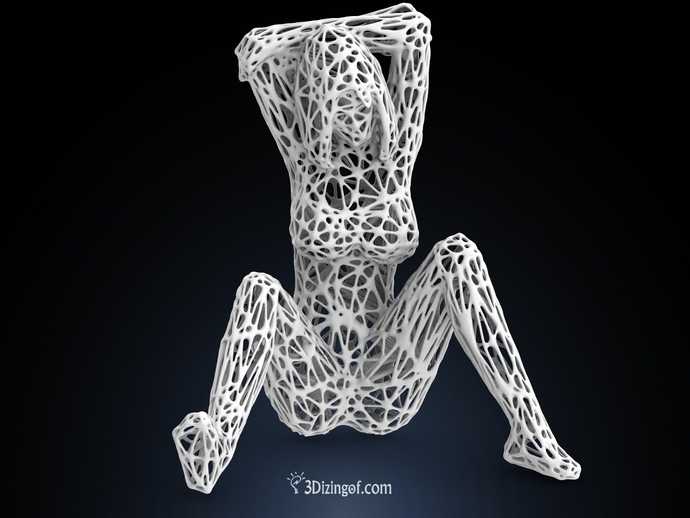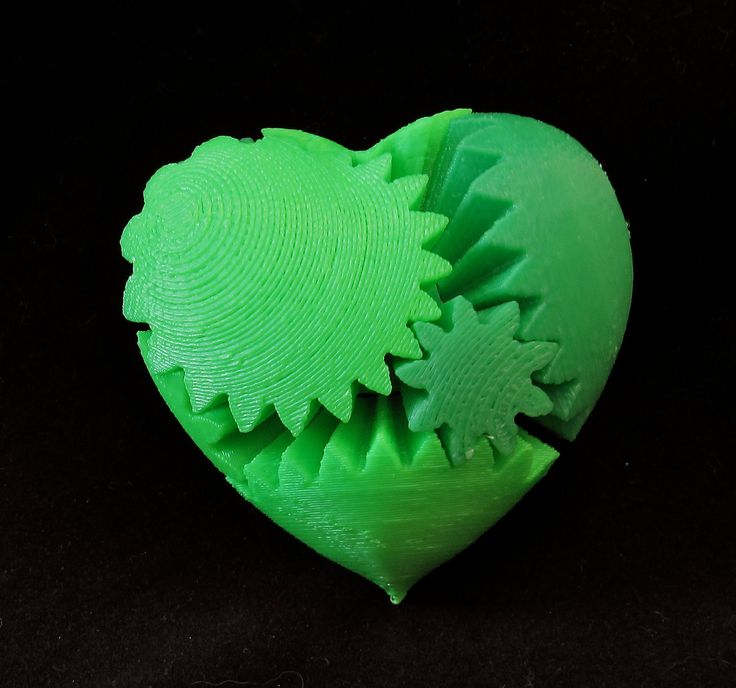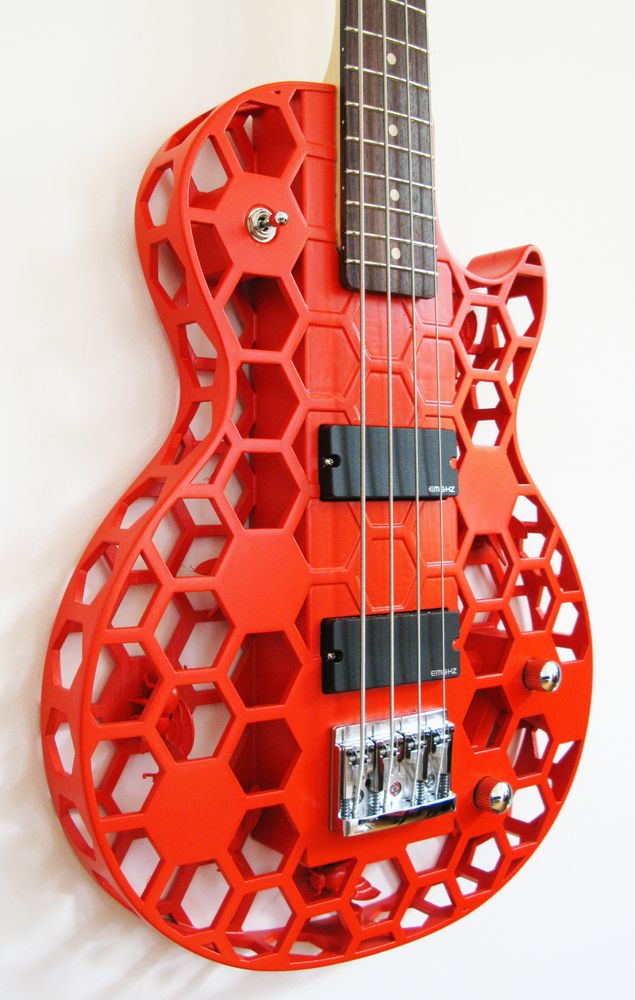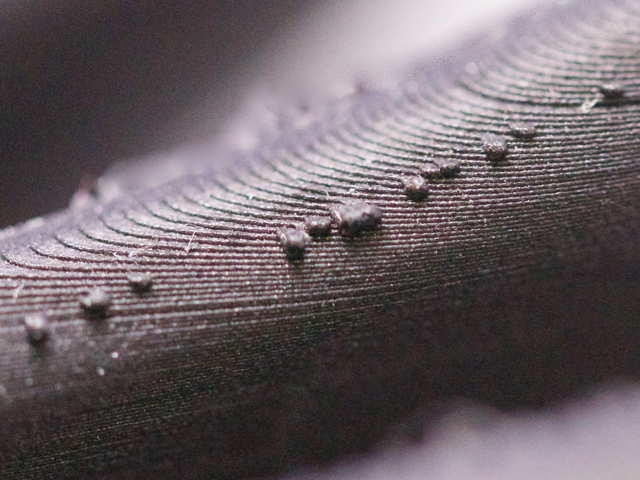Silent 3d printer
The Best Quiet 3D Printers 2022 (& How To Reduce Noise)
If you’ve ever had a neighbor decide to try their hand at DIY at stupid o’clock in the morning, or been woken by roadworks outside your home, then you’ll know just how loud machines can get. Tools like jackhammers, drills, and lathes that create, destroy, and modify materials often make a significant amount of noise, in the same way that noisy 3D printers are the bane of late-night workers or fans of quiet.
With an average noise of around 50-60 decibels, or around the volume of someone trying to be heard over a TV, it’s easy to see why they can be a bit of a nuisance, especially for longer projects. Motors and fans can rack up a high decibel count even in less powerful machines.
And so, a lot of people have tried to find out how to make a 3D printer quieter.
We’ve already seen in cars and trains that once-noisy motors and machines can be made a lot quieter than they were, and engineers are always looking to make our technology less and less disruptive.
A quiet 3D printer isn’t a pipe dream anymore, and if you’ve used some noisier models before, you’ll be happy to know that some of the best quiet 3D printers are very affordable too. We’ll even look at ways to make your own machine a little more tolerable when in use.
3D Printer Noise: Why is it Bad?
A 3D printer’s noise isn’t normally a dealbreaker for most people. Compared to CNC routers, vacuum cleaners, and even older washing machines, they’re not so bad. The problem is how long the noise can go on for.
When vacuuming, you know when it’s going to end, and appliances like washing machines are easily ignored because they’re usually several rooms away (or in the basement if you’re lucky) and so don’t cause much disruption or irritation.
3D printers are more of a pain because of both their constant noise when in-use as well as the average user’s proximity to them. If you’re like me, then you have your 3D printer set up in your workspace for easy communication with your PC.
The whirring of a motor gets very annoying very quickly, like a car left running outside your bedroom window. Quite often, a quiet 3D printer is a popular 3D printer, and some of the quietest 3D printers are highly praised for their gratifyingly noiseless processes.
If you work late at night or have particularly sensitive neighbors, then you’re going to want to either find the quietest 3D printer you can or learn how to make your 3D printer quiet.
Best Quiet 3D Printers
If you’re in the market for a new 3D printer and prioritize silence, then you’ll find a lot of 3D printers on the market tend to brag about their noise reduction. But like every pizza place saying they’re the best, you can’t always trust the word of the manufacturer.
Here are some of our picks for the best quiet 3D printers that don’t skimp on overall quality for the sake of silence. Whether you work better at night or just appreciate the peace, you’ll want to take a look at these models.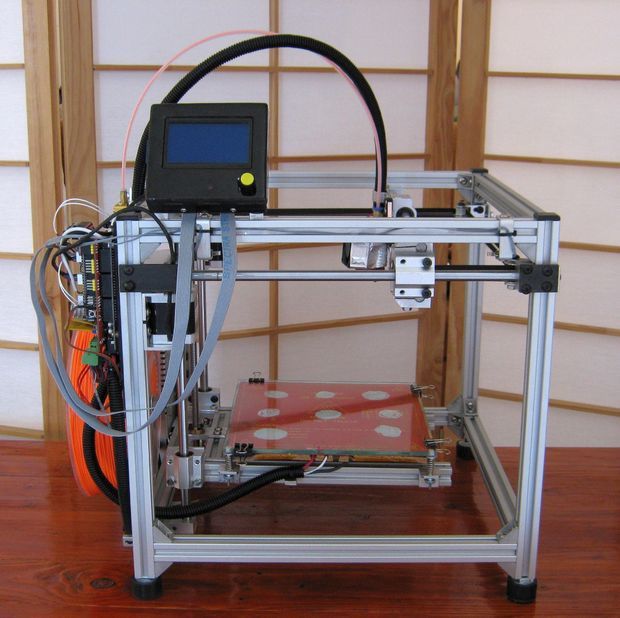
3DSourced is reader-supported. When you buy through links on our site, we may earn an affiliate commission. Learn more
1. Creality Ender 3 V2 — Upgradable with silent mainboard for quiet 3D printing
- Price: $279 — Available at Creality Official store here / Amazon here
The Creality series of 3D printers are renowned for smooth, user-friendly printers and almost unparalleled affordability in the 3D printing market.
The Ender 3 V2 is one of the best quiet 3D printers around, though many have commented on how the fan is a lot more susceptible to wear over time than others, becoming almost uncomfortably noisy with fairly constant medium-term use.
Fortunately, the Ender series is well known for modifiability, especially the Ender 3, Ender 3 Pro, and Ender 3 V2.
Read more: comparing the Ender 3, V2, Pro and Max
You can reduce the 3D printer’s noise by upgrading it with a silent mainboard, like this one here, or hot end fan replacements like this.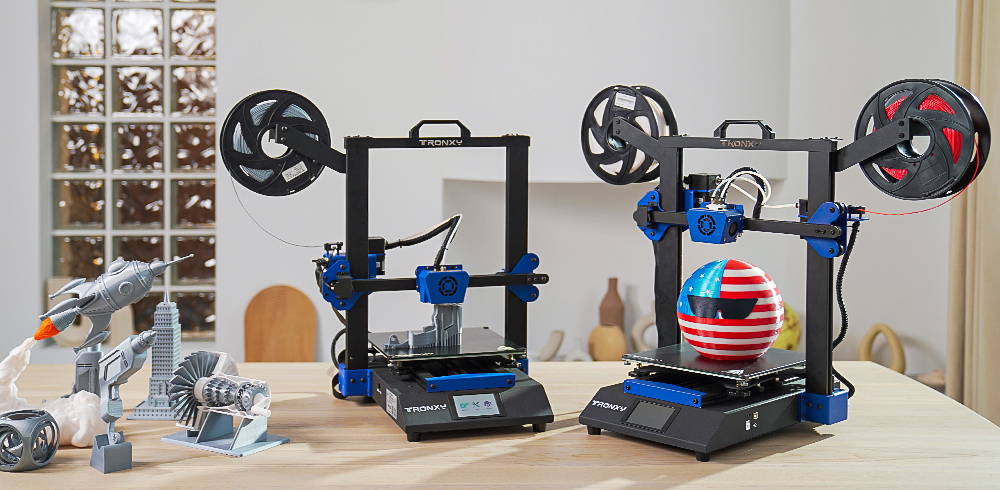
All-in-all, the Ender 3 series, especially the V2, are fairly quiet machines, but that’s not to say they’re silent 3D printers. What makes them some of the best quiet 3D printers around isn’t how they come out of the box, but how easy they are to silence with just a little bit of tweaking.
On this topic: our guide to Ender 3 upgrades
2. Artillery Sidewinder X1
- Price: $419 — Available on Amazon here
If you want true reliability in a quiet 3D printer, then the Artillery Sidewinder X1 is the choice for you. While it measures at around 55 decibels (the average for a 3D printer), it’s the best in terms of both volume and usability.
With two measures of fault detection in place, the Artillery X1 is incredibly safe and won’t ruin your prints in the event of overheating or a clog. It’s an incredibly quiet 3D printer for having an open build area and comes mostly pre-assembled.
3. Monoprice Voxel — one of the quietest low-cost 3D printers
- Price: $399 — Available on Amazon here
The Monoprice Voxel is often compared to the aforementioned Flashforge Adventurer 3. They have the same build size and are relatively similar in power.
They have the same build size and are relatively similar in power.
The Monoprice Voxel also operates between 45 and 50 decibels when in use, and is very reliable as a machine for beginners who want to know they’re getting a good quality machine that won’t need constant reviews of the instruction manual to work.
When it comes to maintenance and upgrades, the Monoprice has easily replaceable parts and a reliable WiFi connectivity option, meaning you can keep it in a different part of the house if the noise is still a little too much.
4. Flashforge Printers
- Flashforge Finder: $299 — Available at Flashforge here
- Flashforge Creator Pro 2: $699 — Available on at Flashforge here
- Flashforge Adventurer 3: $369 — Available at Flashforge here
Flashforge is a household name in 3D printing, and is known for its line of reliable, multi-purpose 3D printers that have found both personal and professional users all over the world.
When it comes to quiet 3D printers, two of their models stand out amongst the crowd; the Creator Pro 2, and the Finder.
The Flashforge Finder is the most beginner-friendly 3D printer on this list. Fully assembled out of the box and very quick to set up, it’s an ideal choice for those of you who want a quiet 3D printer without needing modification or experience.
While advertised as ‘noiseless’, the Finder has a maximum volume of 50 decibels when working normally, which is fairly quiet as far as 3D printers go, but it can’t be considered a silent 3D printer.
For those of you who want a comparatively upgraded machine, the Flashforge Creator Pro 2 is a little noisier than the Finder (working at 55 decibels), but is a far more capable machine. The relatively quiet nature of the Creator Pro 2 is incredibly impressive when you take its hardware into consideration, which is capable of high-quality prints from a very easy-to-use machine.
As well as its fully enclosed build area, the all-metal frame of the Creator Pro 2 adds to its general sturdiness, significantly reducing the noise from vibrations.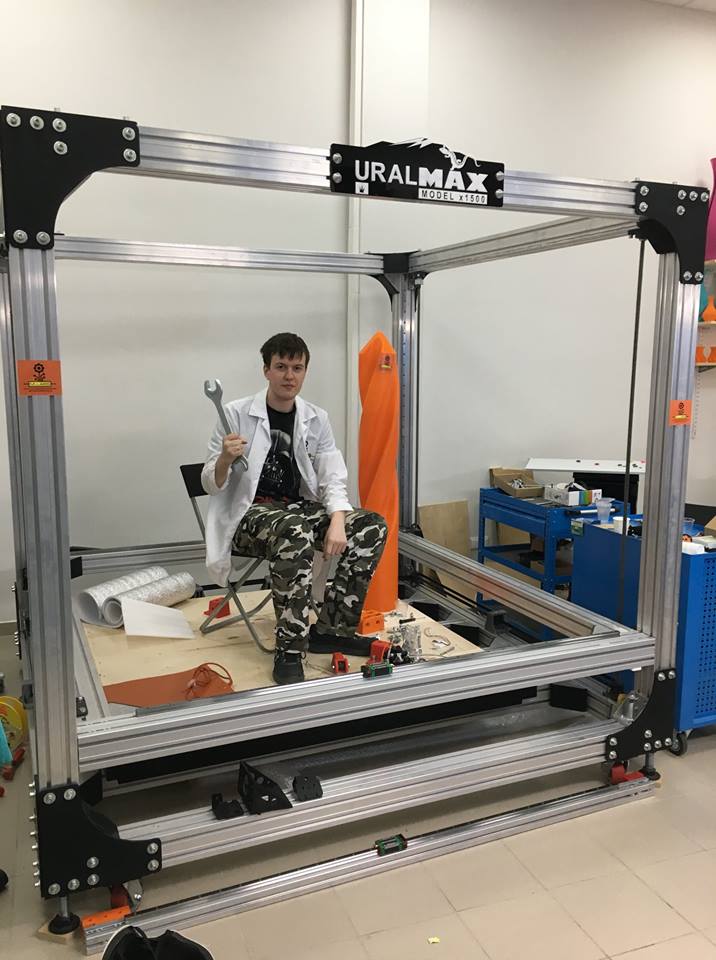
If both of these sound good to you, but silence is your main focus, then you might enjoy Flashforge’s middle-ground offering, the Adventurer 3. At only 45 decibels, it’s amazingly quiet for a 3D printer, and can handle some pretty complicated prints.
Read more: Creator Pro vs Creator Pro 2
5. Dremel Digilab 3D45 — almost silent 3D printer
- Price: around $1,600 — Available at Matterhackers here / Available at Dynamism here / Amazon here
Dremel make some of the quietest 3D printers around, and the 3D45 is a great addition to any workspace that you want to keep as noise-free as possible.
Digilab has an enclosed build area and a solid reputation for quality and user-friendliness. Ready out of the box, it’s great for beginners, and even has a built-in filament sensor for all compatible materials.
This no-nonsense machine operates at an average of 50 decibels, roughly the sound of an average person talking, it’s far below the 70 decibels that are considered damaging to human hearing over long periods even at a slight distance.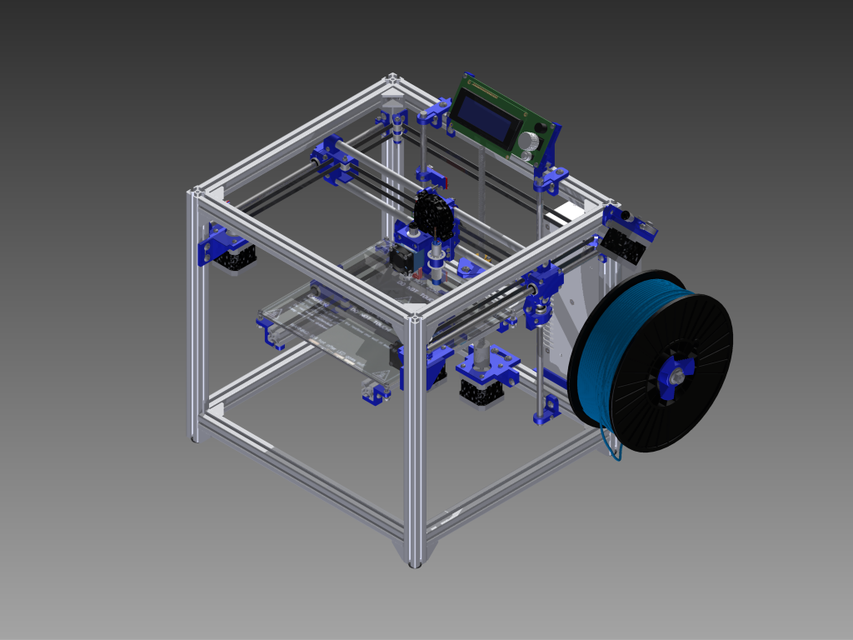
The Dremel Digilab isn’t just quiet compared to many 3D printers on the market, it’s also highly praised for its reliability and easy usability.
How to Make a 3D Printer Quiet
Some 3D printers make more noise than others depending on variables like the 3D printer part quality, or whether or not it has an open print area. Enclosed 3D printers make less noise as the cover absorbs some of the whirring and whizzing, while open printers are known to be amongst the loudest.
Replace or Clean Parts
Older or cheaper parts won’t be as efficient as newer and more expensive ones. Laptop fans wear away with age and become louder and less powerful, and the same is true for 3D printer parts.
Upgrading and replacing motors and servos on an old or cheap 3D printer can work wonders in making it quieter. If you can’t afford to replace these parts, then a routine cleaning will keep your printer in top shape to keep it running smoother and quieter for longer.
Many 3D printer manufacturers sell replacement and upgraded parts themselves, but don’t be afraid to do your own research and see if there are cheaper or better alternatives to make your 3D printer quiet.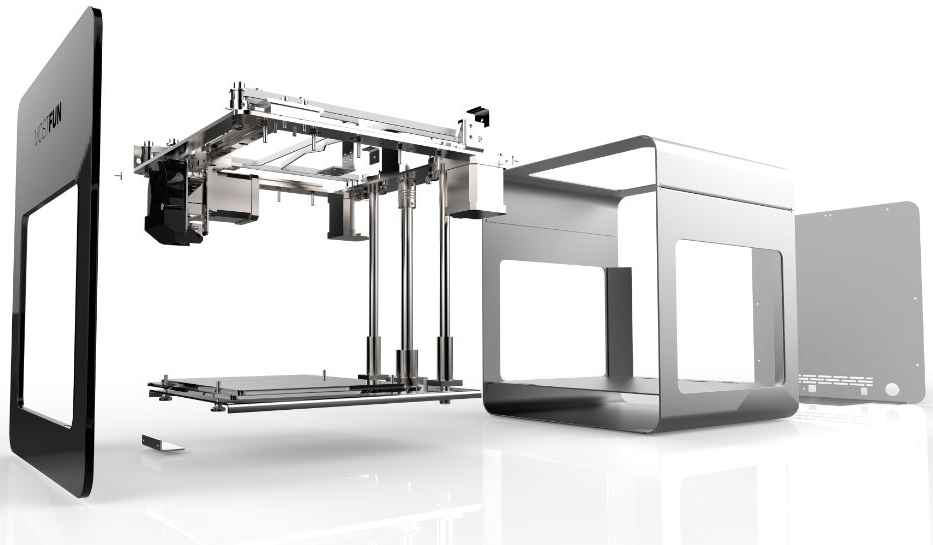
Change the Surface
Sometimes, extra noise from a working 3D printer doesn’t come from the printer itself, rather the machine itself vibrating when in use. If you use your 3D printer in a garage or workshop, you’ll find the rattling of DIY-born debris extremely jarring.
While it’s better to keep your 3D printer on a flat and stable surface, resting the legs or base of the printer on a shock-absorbing material like rubber or sponge works wonders for bringing the overall noise levels down.
Read more: the best 3D printer tables, desks, stands
Not only is this a great and cheap way to make your 3D printer quieter, it also protects the frame from moving around and coming looser and less reliable over time. So we recommend doing this even if you already have a relatively quiet 3D printer.
Replace Smaller Pieces
It may sound too simple, but it’s true. Replacing the smaller nuts and bolts of your 3D printer frame can make for a far sturdier machine, less prone to vibrations and therefore reducing noise.
Square bolts hold better than round ones and can add years to the lifespan of the frame. Polymer bearings are far more shock absorbent than metal ones, and cork gaskets, when added to the motor, make the inner movements far less abrasive.
Little changes, if made well, make for a significantly quieter 3D printer, and they’re pretty cheap to boot!
5 Quietest 3D Printers In 2023
- Last Updated: January 19, 2023
- Jackson O'Connell
3D printers have improved a lot over the years in a few areas, like print quality, usability, and more. They’ve also gotten a lot quieter too!
While noise may not seem like a big deal, a loud 3D printer is pretty restricting when it comes to where you can put it. Moreover, you wouldn’t be able to put a loud 3D printer in your room where you sleep or study as it would be very distracting.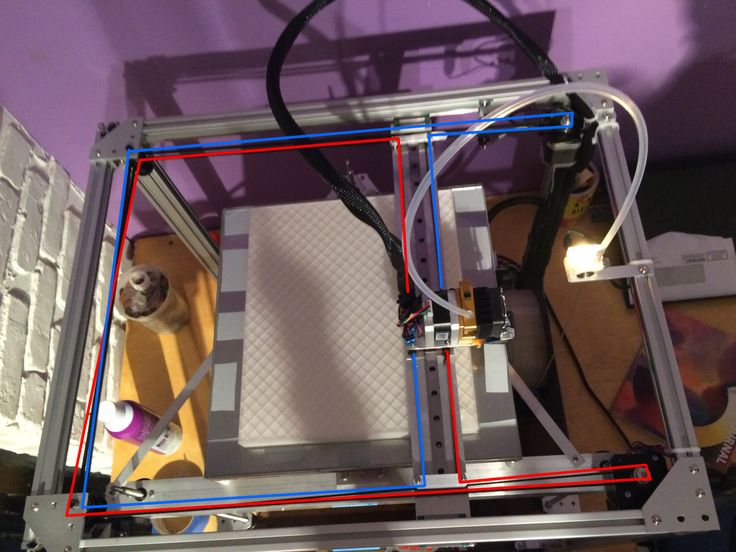
A silent 3D printer is much more desirable as you can put it basically anywhere without noticing it as much when it’s chopping away at a print.
Additionally, the sound output of a 3D printer can also affect the machine’s performance. That’s because sounds on a 3D printer are usually the result of vibrations, and the more vibrations that run through your printer, the more likely printing issues like ringing are to degrade the quality of your prints. As such, a quieter 3D printer can lead to improved quality of 3D prints.
With so many 3D printers out there, it can be hard to tell which ones are the most quiet, especially when most 3D printer manufacturers don’t list the average sound output (in decibels) of their machines.
If you want to learn about some of the quietest 3D printers that you can buy, look no further, as we’ve gone over the best options in the sections below!
Creality Ender 3 V2
Build volume: 220 x 220 x 250 mm
Get Discount Now
Check Latest Price
Artillery Sidewinder X1
Build volume: 300 x 300 x 400 mm
Check Latest Price
Dremel DigiLab 3D45
Build volume: 254 x 152 x 170 mm
Check Latest Price
Table of Contents
- Best 3D Printers for flexible filament At A Glance
- How to Make a 3D Printer Quiet?
- What to Consider When Buying a 3D Printer?
- 1.
 Creality Ender 3 V2 (Best Value)
Creality Ender 3 V2 (Best Value) - 2. Artillery Sidewinder X1 (Best Choice)
- 3. Dremel 3D45 (Almost Silent 3D Printer)
- 4. Monoprice Voxel (User Friendly)
- 5. Flashforge Finder (Best for Beginners)
- Conclusion
Best 3D Printers for flexible filament At A Glance
1. Creality Ender 3 V2 (Best Value)
2. Artillery Sidewinder X1 (Best Choice)
3. Dremel DigiLab 3D45 (Almost Silent 3D Printer)
4. Monoprice Voxel (User Friendly)
5. Flashforge Finder (Best for Beginners)
How to Make a 3D Printer Quiet?
Before we dive into the list, though, it’s important to review what actually makes a 3D printer quiet.
The single greatest cause of noise on a 3D printer is the stepper motors, which move components like the printhead around on the machine.
To make a 3D printer quieter, you can use higher-quality stepper motor drivers, which are electronic components on the motherboard that controls how a stepper motor turns.
The higher the quality of the stepper motor drivers, the more precise the motor will be and the less noise it will make. TMC, the primary manufacturer of 3D printer stepper motors, ranks their available drivers with a four digit code in their name, such as “TMC2208” or “TMC2225”.
Typically, the higher the value of the four digits after “TMC” means the better the driver, so manufacturers and people who upgrade their printers use higher-ranked TMC drivers to make their printers quieter.
Check out our article on the best stepper motor drivers here for more info.
Another way manufacturers can make 3D printers more quiet is by using rubber feet, which are vibration-absorbent pegs that go on the base of the printer. These pegs help absorb any vibrations that run through the printer as well as prevent vibrations that are running through the table or stand where the printer is located from affecting the printer’s performance.
Besides these two main methods, there are also a handful of other ways that you can make a 3D printer more quiet.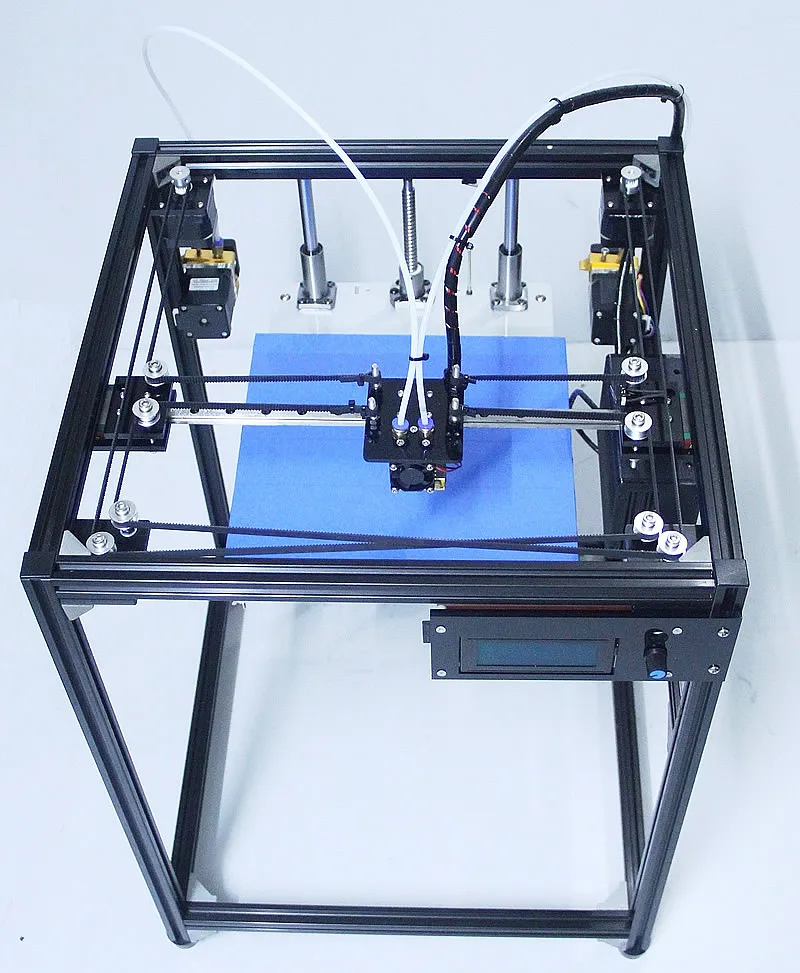
In general, anything that smooths motion or reduces/absorbs vibrations is a feature that will make your printer more quiet. For example, using smoother motion systems (e.g. linear rails over pulley wheels) and greasing any bearings can also reduce noise output.
What to Consider When Buying a 3D Printer?
Of course, when looking for the quietest 3D printer, the features that reduce the printer’s noise output are perhaps the most important. However, as the machine still needs to actually produce 3D models, you should still look at the other basic characteristics of the machine.
The first thing to consider when buying a 3D printer is its motion system. Different FDM 3D printers move their components around in different ways, which can affect part precision, the price of the machine, and a handful of other things. Today, most 3D printers are i3-style or standard Cartesian, but some have more unique motion systems like CoreXY or belt-driven, and they all have their own advantages and disadvantages.
Secondly, you should consider the size of your printer. The build volume is the dimensions of the space that you can safely print 3D models on a printer. Depending on if you want to print large or small objects, you might want a different build volume. Check out our reviews of the smallest 3D printers here and the largest 3D printers here.
Third, don’t forget about the temperature capabilities of your machine. This is the main controller of what filament material you can use and is made up of the nozzle temperature and bed temperature.
Most 3D printers can reach the necessary temperatures for printing PLA, but if you want to print a higher-temperature material like PETG or ABS, make sure your printer can reach the required temperatures for the material.
Now that you know what to look for in a quiet 3D printer and a 3D printer in general, it’s time to get into the best quiet 3D printers!
3D Printer Type: FDM | Materials: PLA, TPU, PETG, ABS | Build Volume: 220 x 220 x 250 mm
First up, the Creality Ender 3 V2 is a popular machine developed by Creality, one of the most well-known manufacturers of consumer-grade 3D printers. The Ender 3 V2 is the second and upgraded version of Creality’s original Ender 3, which hit the consumer 3D printing market by storm when it was released in 2018.
The Ender 3 V2 is the second and upgraded version of Creality’s original Ender 3, which hit the consumer 3D printing market by storm when it was released in 2018.
The Ender 3 V2 has a ton of features that make it an overall great 3D printer and yield excellent 3D prints.
First off, the Ender 3 V2 has a mid-temperature hot end, capable of reaching 250 °C, which is suitable for most filament materials like PLA, PETG, TPU, and ABS.
The Ender 3 V2 also has a full-color LCD for easy operation, integrated belt tensioners for improving part precision, and a micro-SD card slot that allows for speedy firmware changes.
Source: Youtube Just Vlad
What makes the Ender 3 V2 a great quiet 3D printer, though, is its stock motherboard, which comes with integrated TMC2208 stepper motor drivers that make stepper motor movements very quiet. Additionally, Creality allows you to easily upgrade to their “silent” V4.2.7 board which has even-more-quiet TMC2225 drivers.
The Ender 3 V2 also has a decently-smooth motion system and built-in rubber feet to further reduce the noise level.
Many reviewers of the Ender 3 V2 state that you can hear it, but only a little bit, which is just fine considering the machine’s amazing printing performance and sub-$300 price point. It’s clear that the Ender 3 V2 is one of the best value printers you can get and it’s great for those on a budget who want a non-distracting printer or those who want to easily upgrade their machine.
- Low cost with a sub-$300 price tag
- Stock motherboard has very quiet TMC2208 stepper motor drivers
- Integrated belt tensioners
- Upgradable motherboard that lets you improve stepper motor drivers
- Built-in rubber feet
- Full-color LCD for easy operation
- Heated bed can’t reach viable temperatures for printing ABS
- LCD is not a touchscreen
- Fans have been known to be cheap and make a lot of noise
- Manual bed leveling
Get Discount (Official Store)
Check Latest Price
3D Printer Type: FDM | Materials: PLA, ABS, TPU | Build Volume: 300 x 300 x 400 mm
Second, the Artillery Sidewinder X1 is very similar to the Ender 3 in its i3-style construction, but it’s got a few differences that make it perform better in certain scenarios.
Most notably, the X1 has a direct drive extruder, meaning the extruder motor is placed directly above the hot end. This extruder configuration will yield higher-quality prints in flexible filaments, like TPU, and will cause less hot end jams in general.
Source: Youtube 3D Printing Nerd
The X1 might not have automatic bed leveling, but it features a full-color touchscreen interface that makes controlling the printer not only easy but also somewhat fun. The machine also has a usable print volume of 300 x 300 x 400 mm, which is large enough to print a wide variety of models like large trinkets and even some home decor models.
The printer stays quiet too through its motherboard which is rocking a set of TMC2100 drivers, rubber feet on the bottom of the machine, and its decently-quiet part cooling fans.
Many users point out that the X1 is virtually unnoticeable when it’s printing, making it well deserving of our “best choice” title. Overall, the X1 is a great option for those willing to spend a little more for a (almost) no-noise printing experience and those who want a decently-large printing space.
- TMC2100 stepper motor drivers which are very quiet
- Cooling fans are pretty quiet
- Large maximum printing dimensions
- Direct drive extruder for printing flexible filaments
- Full-color and touchscreen LCD for easy operation
- Manual bed leveling
- Direct drive extruder assembly is pretty large
- Mid-range price
Check Latest Price
3D Printer Type: FDM | Materials: PLA, ABS, PETG & Nylon |Build Volume: 254 x 152 x 170 mm
Third, the Dremel 3D45 is a 3D printer developed by Dremel, the popular manufacturer of machining tools like rotary devices.
The 3D45 costs a lot more than the other printers on this list, with a price tag close to $2,000, but it has a handful of features that might make it worth it for you. Most obviously, the 3D45 has an integrated enclosure, that should make printing sensitive materials like ABS a lot easier and yield higher-quality prints.
We believe the 3D45 is one of the most silent printers one can get because the enclosure will help block out the sound produced by the moving printhead. Additionally, many users have personal experiences of the Dremel 3D45 being very quiet.
Source: Youtube Adam Savage’s Tested
Unfortunately, the exact stepper motor drivers used on the printer’s motherboard are unknown because the manufacturer didn’t list the ones used.
The Dremel 3D45 has a lot of other usability and performance features too, such as its onboard camera that you can use to remotely monitor your prints to ensure they are going smoothly. The Dremel has a well-built and sturdy frame that should ensure pretty-smooth motion, not only improving the print quality but also potentially reducing the printer’s noise output.
Lastly, the 3D45 has a very-adhesive build plate that should yield great first layers as well as a touchscreen LCD for easy machine operability.
At the end of the day, although the Dremel 3D45 has a hefty price tag, it’s equipped with a lot of features that improve quality-of-life, performance and make the printer easy to use. So, if you’re looking for quality in a very quiet printer and aren’t super concerned about the price, then the Dremel 3D45 is a great choice.
- Removable build plate that provides good first layer adhesion
- Built-in Wi-Fi capabilities
- Onboard camera for remotely monitoring your prints
- Touchscreen LCD for easy operation
- Integrated enclosure for printing ABS with a higher print quality
- Expensive
- Manual bed leveling required
- Stepper motor drivers unknown
Check Latest Price
3D Printer Type: FDM | Materials: PLA & ABS | Build Volume: 150 x 150 x 150 mm
Fourth, the Monoprice Voxel costs under $450 and is another printer with an integrated enclosure, but this feature is a lot rarer for machines in this price range.
The enclosure will insulate your print space to allow for printing sensitive materials like ABS and ASA with high print quality. The enclosure also helps reduce the machine’s noise output because the sound made by the printhead’s movement will be partially blocked by the machine’s acrylic enclosure panel.
Source: Youtube RoXolid Productions
The Voxel also has a full-color touchscreen interface where you can start and stop prints, control temperatures, and more. The ease-of-use of the interface makes the Voxel super user-friendly. The machine also has a Wi-Fi-enabled motherboard with a built-in camera positioned to face the print space, which allows you to remotely monitor your prints to keep your mind at rest while your Voxel is printing when you’re not there.
The printer also has a few other features too that are worth mentioning such as the assisted bed leveling system, quick-change nozzle mechanism, and magnetic removable build plate. All of these features further make the Monoprice Voxel a great option for those who want a smooth and easy printing experience while having a silent, but deadly 3D printer.
- Very smooth graphical user interface on a full-color touchscreen LCD for easy printer control
- Wi-Fi-enabled motherboard with an attached camera for remotely starting prints
- Quick-change nozzle mechanism for fast and easy nozzle swaps
- Removable build plate for quickly popping off prints and starting new ones
- Assisted bed leveling system for easier bed leveling
- Integrated enclosure for printing ABS in a high print quality
- Bed leveling is still manual
- Mid-range price
- Stepper motor drivers unknown
- Small print volume of 150 x 150 x 150 mm
Check Latest Price
3D Printer Type: FDM | Materials: PLA, PETG, Wood | Build Volume: 140 x 140 x 140 mm
Next, the Flashforge Finder was developed by Flashforge, a popular and reputable manufacturer of beginner-friendly 3D printers.
The Finder is an excellent machine for those new to 3D printing who want a quiet machine because it’s very simple to operate. Moreover, the Flashforge Finder has a pretty basic construction with a touchscreen LCD with a smooth graphical user interface so you can easily control your 3D printer and start prints.
What makes the Flashforge Finder particularly quiet is its use of conduit rails for the X/Y motion of the printhead. This motion style is pretty quiet and keeps vibrations to a minimum. The same is true for the Z-axis bed motion, which also runs on greased conduit rails for low noise output.
Source: Youtube Just Vlad
Unfortunately, the specific model of stepper motor drivers used on the Flashforge Finder isn’t known, but users state that the machine is pretty low-noise overall.
The printer also comes with some other great features that improve other aspects, such as its onboard Wi-Fi module that allows you to start prints remotely and the patented high-power extruder.
While the Flashforge Finder has a pretty small maximum print volume of 140 x 140 x 140 mm, it’s worth mentioning that the printer has an integrated filament spool holder that’s enclosed to prevent moisture from degrading the quality of your filament.
The Flashforge Finder costs under $400, which is very impressive considering how many ease-of-use features it comes with, like its full-color touchscreen LCD and Wi-Fi-enabled motherboard. Because of this, we suggest the Finder for beginners and those new to FDM 3D printing who want to achieve high-quality prints without much maintenance or tuning.
- Wi-Fi-enabled motherboard for remotely starting and stopping prints
- Prints models in a high print quality right out of the box
- Built-in enclosed filament spool holder for keeping moisture out
- Sturdy frame and use of conduit rails for smooth and silent motion
- Smooth and well-built graphical user interface on touchscreen and full-color LCD for easy operation
- Small print volume of 140 x 140 x 140 mm
- Mid-range price
- Stepper motor drivers aren’t TMC and aren’t known
- No onboard camera
Check Latest Price
Conclusion
As you probably can tell, you have a decent number of options when looking for the best quiet 3D printer. However, the different machines we discussed are best for different types of users and different purposes.
However, the different machines we discussed are best for different types of users and different purposes.
If you’re looking for the least expensive option, the Ender 3 V2 is probably the best option as it has the lowest price tag. The Ender 3 V2 is probably also the best option if you’re looking for the best value per dollar. However, on the other side of the spectrum, if you’re looking for the least noisy printer and don’t care how much it costs, the Dremel 3D45 is the one for you as it’s packed with features, is pretty quiet, and has an expensive price tag.
If you’re looking for a quiet printer that offers the highest print quality, you should check out the Artillery Sidewinder X1 because it had a good mix of noise-suppression features with performance and usability features and doesn’t break the bank.
Finally, if you’re looking for a printer that’s easy to work with, you should definitely make sure to check out the Monoprice Voxel as it has many features geared toward providing an easy printing experience.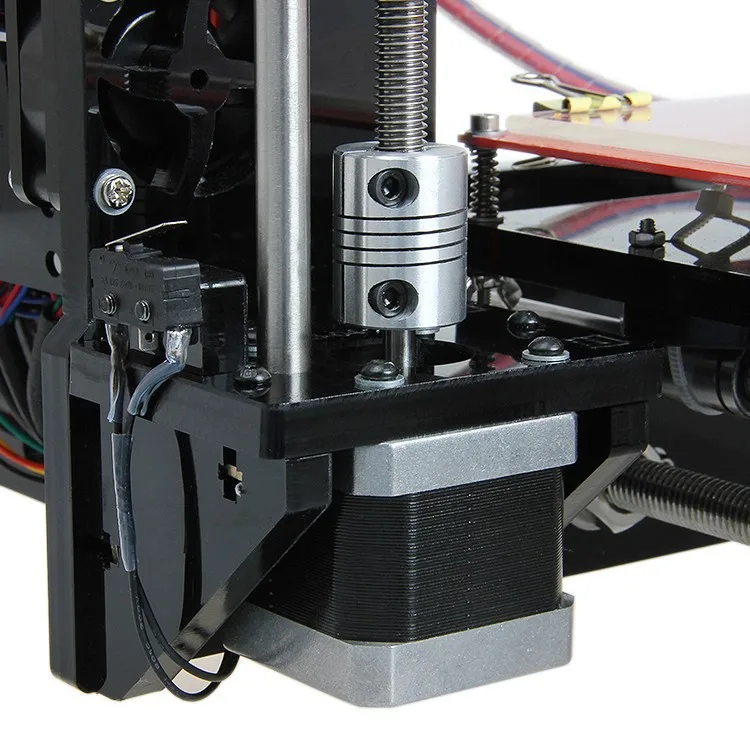 On a similar note, if you’re new to 3D printing and want a quiet printer that’s suited for your experience level, the Flashforge Finder is the one for you.
On a similar note, if you’re new to 3D printing and want a quiet printer that’s suited for your experience level, the Flashforge Finder is the one for you.
No matter what printer you choose, though, you should definitely have a fun…and quiet printing experience and we wish you luck along the way!
Silent 3D Printer Mingda Duplicator 2 (D2)
Reviews
Now we want to introduce the excellent desktop 3D printer Mingda Duplicator 2 (D2), which we already call among ourselves "
killer CREALITY 3D Ender-3 ".
First of all, the Mingda Duplicator 2 (D2) 3D printer attracts attention by the fact that it has the TMC2208 driver in its basic modification, which makes it very quiet, unlike similar printers with A49 drivers88. The quiet operation of stepper motors with TMC2208 drivers is one of the significant advantages of this 3D printer, but not the only one:
assembly and preparation for printing will take a few minutes. For the first print, the printer does not require special training and great knowledge, we can say that it prints out of the box.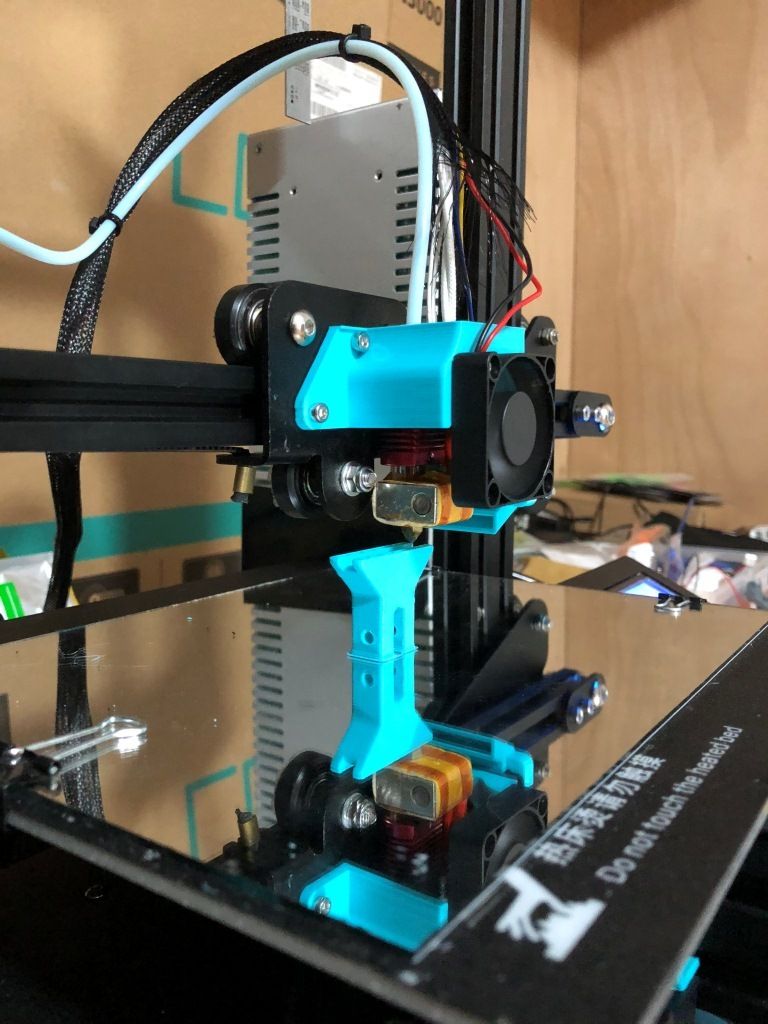
This 3D printer has direct extruder , which allows you to print engineering plastics: TPU, Flex, PETG, PET and others.
The design of the printer has a filament break sensor and a function to resume printing after a power outage.
Balanced steel body and two Z-axis motors allow stable printing at high speeds.
32-bit board on a high-speed controller has ample opportunities for upgrading the firmware and connecting external devices, a WiFi module if necessary. nine0003
The printer has a print area: 230 x 230 x 260
Printer print speed: 20-60 mm / s
Maximum table temperature - 110 C -100 degrees with dry air and high room temperature, which happens indoors during the winter heating season, in order to avoid deformation of the table, since at the set 110 C, the actual heating of the table can be 120-130 degrees). nine0003
The maximum nozzle temperature is 275 C, which allows printing on most plastics. Print materials used: PLA, ABS, ASA, HIPS, Flexible, TPU, Wood, Nylon, Cooper, Carbon Fiber and others.
Print materials used: PLA, ABS, ASA, HIPS, Flexible, TPU, Wood, Nylon, Cooper, Carbon Fiber and others.
When printing with engineering plastics, it may be necessary to ensure a stable temperature in the model building area. To do this, we recommend designing a protective cap, installing it in a cabinet or box.
Also, the printer comes with an excellent magnetic mat, which allows you to conveniently and quickly remove the printed 3D model! nine0003
Traditionally, we remind you that you can always buy 3D printers of the most popular brands in our online store: - one of the budget photopolymer printers
Wanhao Duplicator 6 Plus MARK II with a frame - with an extruder that allows you to print up to 300C
Anycubic Photon S 3D printer - the choice of dentists and jewelers. Now also in black! nine0003
Anycubic Photon 3D printer - the first model, hot seller Anycubic
Wanhao Duplicator 8 3D printer - large table photopolymer printer, size matters!
Anycubic 4Max Pro (FORMAX) - secure printing on any type of plastic PLA, ABS, HIPS, TPU, Wood
Artillery Sidewinder X1 - 3D printer with a large print area, printing out of the box
Anycubic photopolymer resins
3
3 budget - 3D printer Infinite-Z
Creality 3D, known for its quality desktop 3D printers and high market share in the 3D printing industry, launched its revolutionary Infinite-Z 3D printer, the 3DPrintMill, on Kickstarter on November 19, 2020.
More information about the campaign: https://www.kickstarter.com/projects/3dprintmill/creality-infinite-z-axis-build-volume-printer-3dprintmill?ref=1dse7g
Simply put, 3DPrintMill is something between a traditional 3D printer and a conveyor belt. This means two things:
Continuous, maintenance-free printing of parts. The parts are 3D printed, the heated ribbon moves forward, the parts come off and fall into the tray. There is no need to constantly remove parts from a heated bed and start the printing process again. 3DPrintMill can turn a whole roll of plastic filament weighing 1, 5 or 10 kilograms into precisely sized plastic parts without any human control.
Very long 3D prints (theoretically "infinite" along the Z axis). By tilting the hot end 45 degrees, the back of the printed object slides out of the 3D printer while the front remains printed inside the printer. The longest 3DPrintMill print to date is a 20ft, 6m long bar all in one piece, machine-made at just 66cm long.
-
The 45° angle allows for longer passes than ever before. The maximum length of a structure is no longer an obstacle. The hot end is also adjustable to 15°, 25° and 35° with accessories.
-
Conveyor belt combined with 45° hot section for endless prints. The printed design will eventually come out of the belt. Users can leave the printer unattended until it finishes printing. All prints can be collected at the collection area at the end. nine0003
-
Silent 32-bit motherboard for the desired printing environment. Users no longer have to look for another way to eliminate engine noise.
-
Filament sensor. It is a necessary component for endless or repeated identical prints. It will pause printing if the filament runs out or breaks to prevent possible printing failure.

-
Proprietary 350 W power supply. It is able to provide sufficient power of the thermal layer. The heating layer is located at the back of the tape, next to the hot spot. The model cools by slowly moving away from the heated area and then detaches from the belt into the collection area. nine0003
3DPrintMill's unique triangular structure gives it perfectly balanced strength and superior rigidity. The moving belt allows the mass production of an identical object or purlins, which are usually located outside the building slab.
The 3DPrintMill triangular frame is built using a Core-XY structure that provides precision, speed and stability.
Creality will provide the special slicer version required to match the unique structure of this printer. It allows users to select the number of copies for a single part, or use the infinite Z-axis to create a long print. nine0003
This campaign was launched on Kickstarter at 12 noon on November 19 (GMT +8), 3DPrintMill is available for order from November 19 to December 19 on Kickstarter, shipping in March 2021.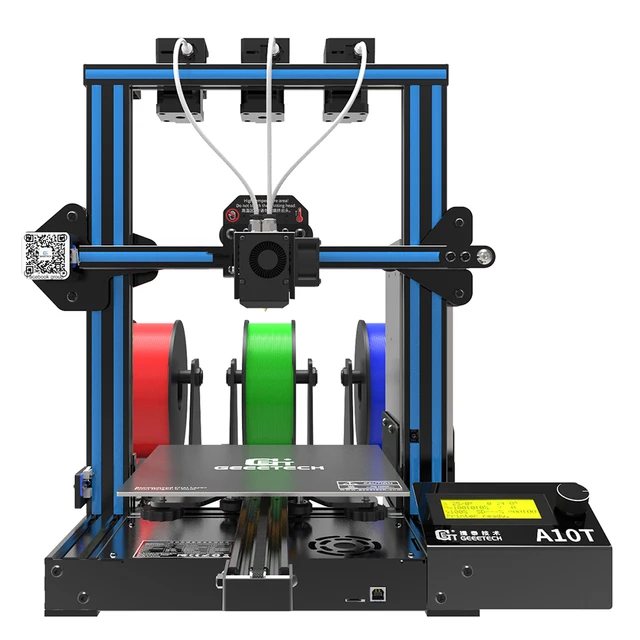 The regular retail price of 3DPrintMill is $999. You can save up to $461 with the flash sale. Super Early Birds also save up to $411. The sooner you join the program, the more benefits you will receive.
The regular retail price of 3DPrintMill is $999. You can save up to $461 with the flash sale. Super Early Birds also save up to $411. The sooner you join the program, the more benefits you will receive.
Special price per piece:
Urgent sale price - $538
Early Booking Price - $588
Early Booking Price - $688
Kickstarter Special Price - 738
Multipack Special Price:
2 pieces for $1363
3 pieces for 1998
3DPrintMill is the most affordable 3D printer -Z ever created. Similar strip printers currently on the market are for industrial use and cost about 10,000 euros.
3DPrintMill will be available at about 1/10 of our competitor's price. In addition, when buying on the Kickstarter platform, you can save up to 50%. It will not be available elsewhere until the Creality Kickstarter campaign completes all backer orders. nine0003
Creality was inspired by the open source design and collaborated with those who developed it. By combining these ideas with our hardware design team over the past few months, we have been able to create a configuration that is both high performance and low cost.
Creality releases this product at such an affordable price for the following reasons: Creality is a manufacturer and distributor, there are no intermediaries. Our products are distributed by word of mouth, which saves on advertising. We are grateful to all Creality users. We want to thank our users with this innovative and revolutionary product at the most affordable price on the occasion of Creality's 6th Anniversary. nine0003
Since its founding in 2014, Creality 3D has grown rapidly to become a well-known and trusted name in the 3D printing community. Creality 3D is headquartered in Shenzhen, with branch offices in Beijing, Shanghai, and Wuhan that include R&D, manufacturing, and after-sales divisions. With a total area of 30,000㎡ factory and research space, a team of more than 1,000 employees, and a sales volume of more than half a million 3D printers per year, our ability to meet production deadlines is guaranteed. Creality 3D is proud of its major R&D facility, the Creality 3D Printing Labs and Research Institute.